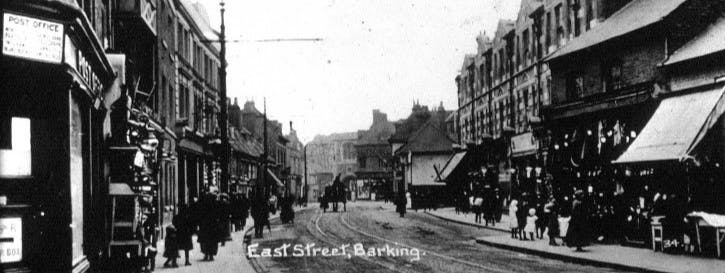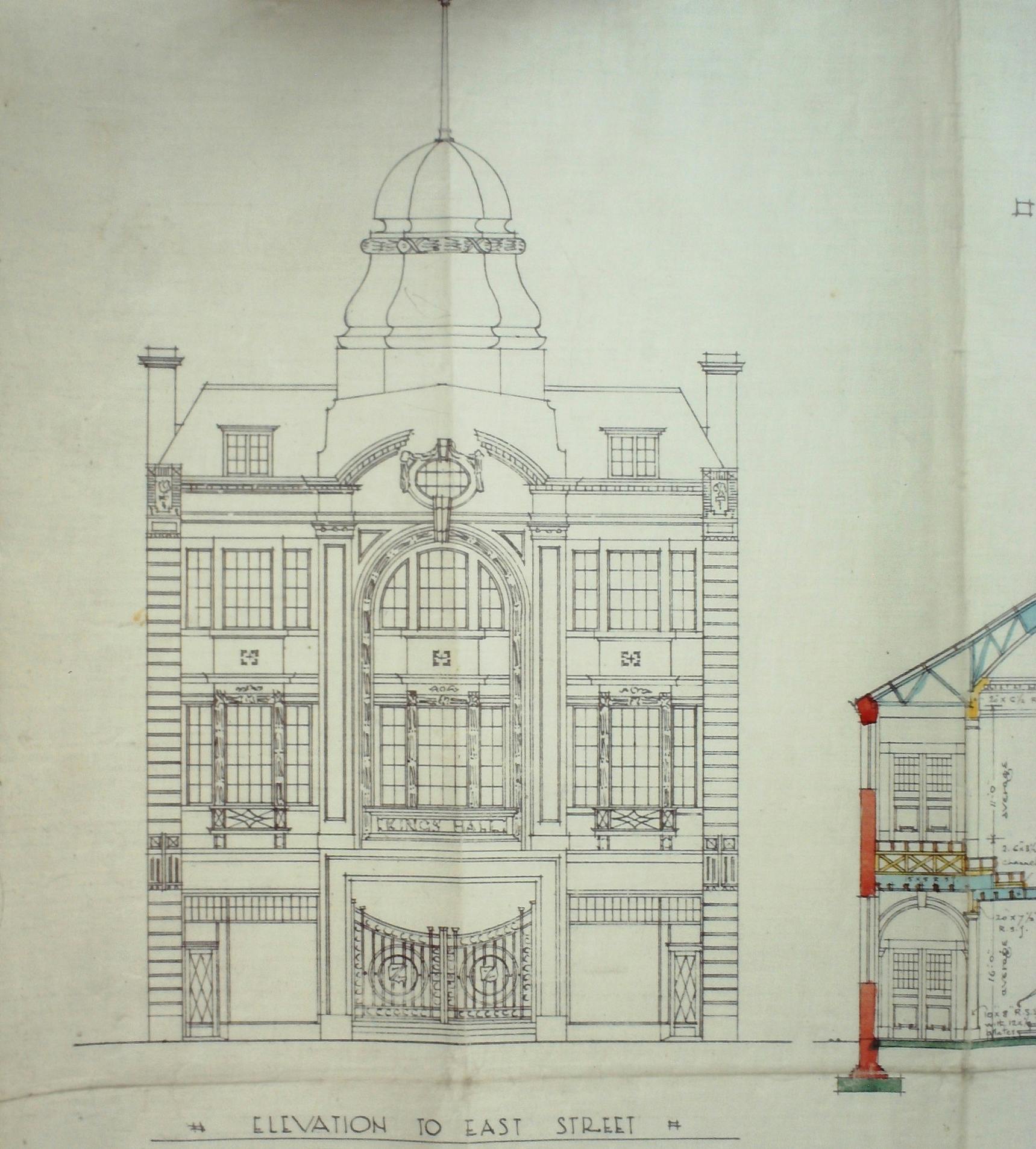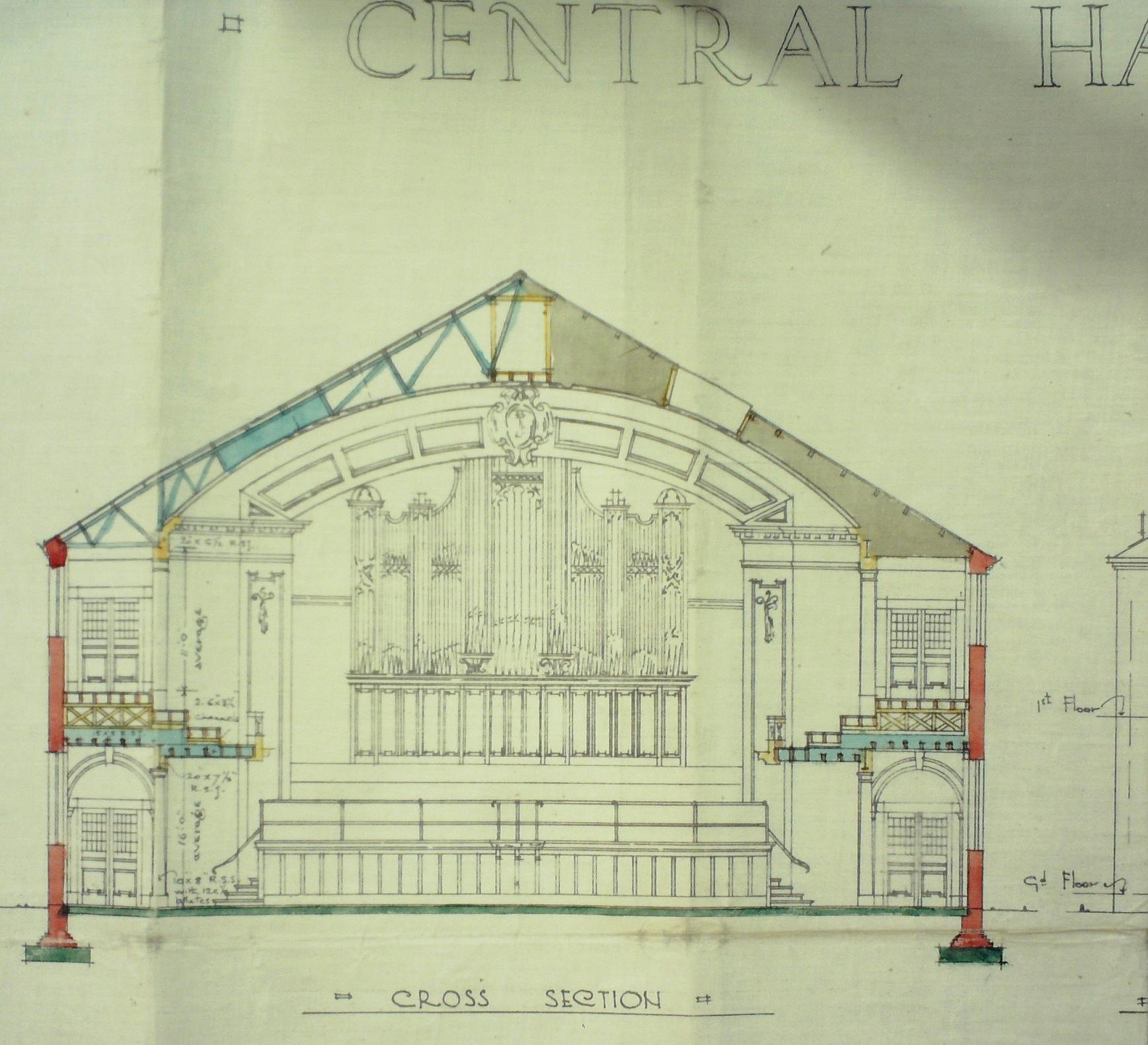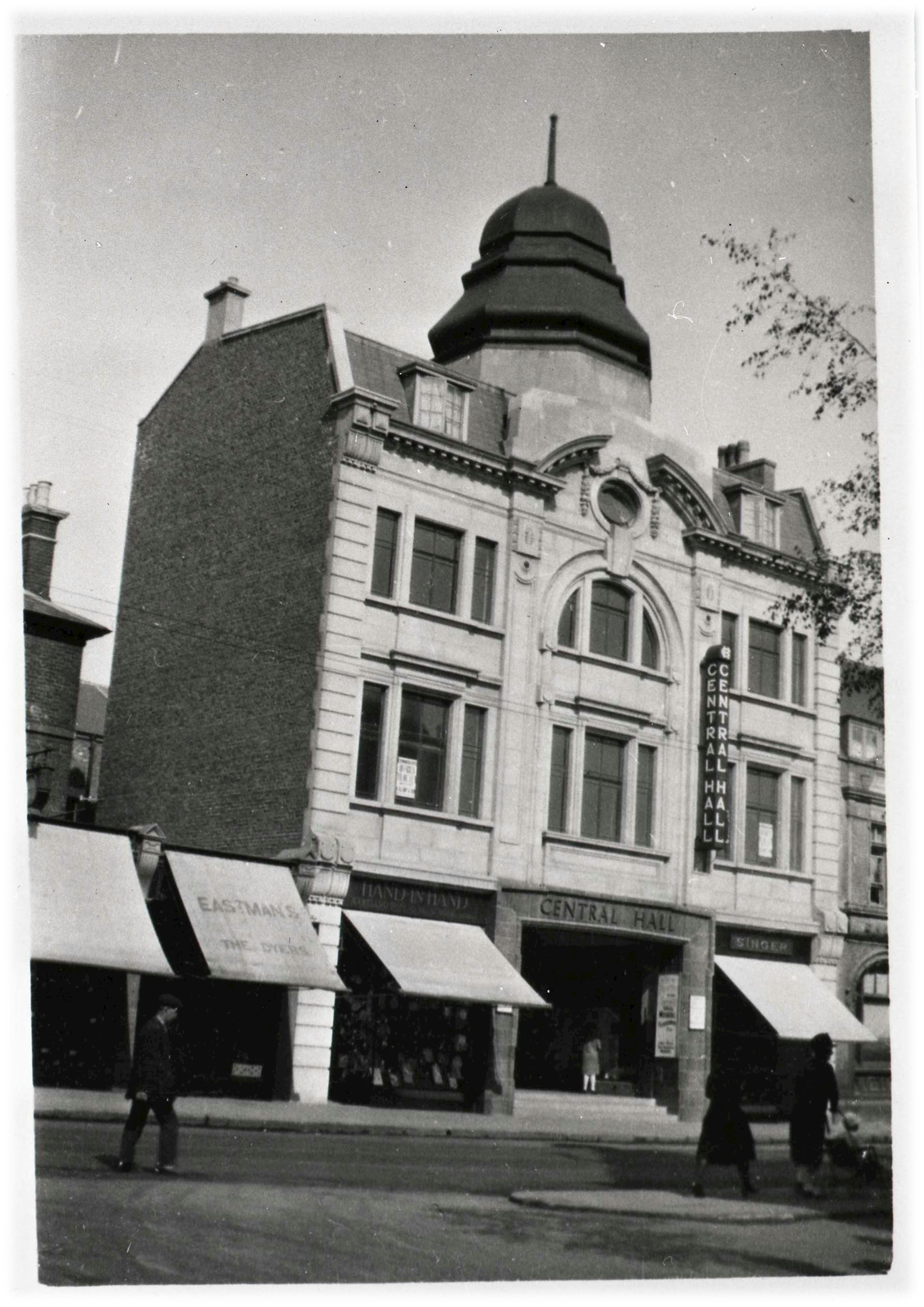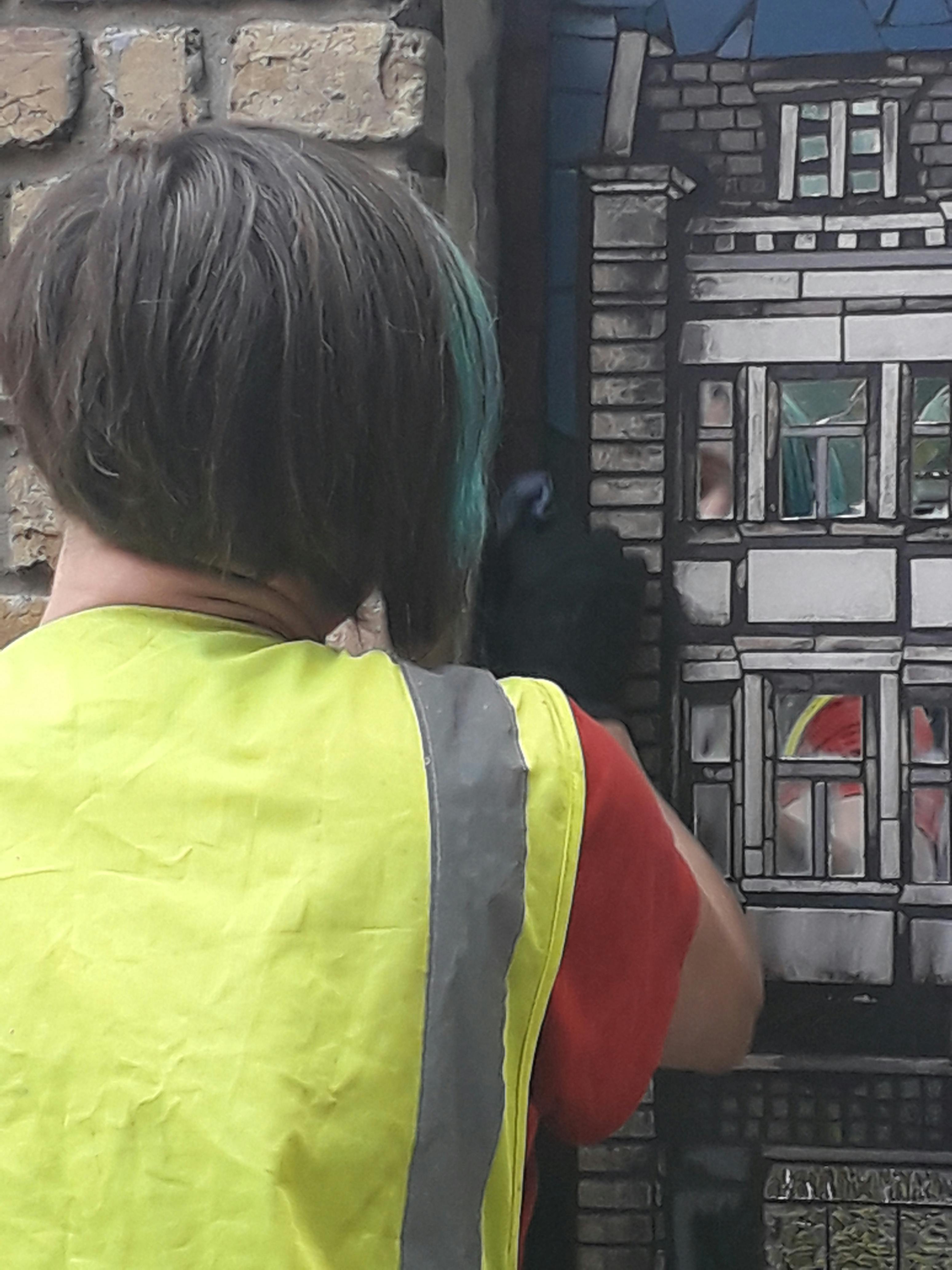Barking's Central Hall
The History of Central Hall
 Central Hall plans - 1925
Central Hall plans - 1925The old Wesleyan Chapel on East Street was replaced in 1928 by a new Central Hall on the north side of the street.
It cost £50,000 to build and was an elegant structure with a distinctive metal dome. Much of the capital was provided by British movie mogul and methodist J. Arthur Rank.
It seated 1500 people and as well as worship, it could be used as an entertainment venue, managed as part of the alcohol-free Temperance movement.
During World War Two, war damage claims and salvaged furniture were dealt with at Central Hall. Ironically it was hit by a V2 rocket in 1945 and partially destroyed. On one of the most tragic days of the war for Barking, Sunday 14th January a V2 Rocket hit St Paul’s church, Ripple Road, just after the service. Eight people were killed and 52 seriously injured, including the choir boys. Despite the falling masonry, the priest, still praying inside, was unharmed, however, that evening fourteen more local people were killed in another V2 incident in London Road, which destroyed most of Central Hall. The striking dome and facade remained intact but the whole building was demolished after the war, around 1951. A new methodist church was built to the rear of the site, accessed from London Road (where most of the bomb damage had occurred) rather than East Street - where a Fine Fayre stood for several years in the post-war era.
A new public space has since been created, where it once stood – Short Blue Place - and a mosaic representing Central Hall will be installed there. The striking mosaic has been created by mosaic artist Tamara Froud as part of the Barking Heritage Project’s heritage wall and trail – funded by The National Lottery Heritage Fund and managed by Be First Regeneration on behalf of the London Borough of Barking and Dagenham.
 Tamara's amazing mosaic in progress
Tamara's amazing mosaic in progressThe history of Methodism in Barking
Methodism came to Barking in the eighteenth century, John Cennick, a disciple of John Wesley, caused a major stir with his preaching, around 1750. Thomas Coke followed and then John Wesley himself, preached to the town in 1783 and 1784. The earliest Methodist meeting place was a wooden hut… A Wesleyan School opened in 1845, reaching peak attendance of 336 children in 1887, but closed around the turn of the next century. Eventually a Wesleyan Chapel was built on the south side of East Street in 1869. Which was replaced by the Central Hall, opposite, in 1928 - the old Chapel was replaced by The Capitol Cinema - which closed in the 1960s. Marks & Spencer's built an extension to its's corner store of 1935 there, in the 1970s.
With thanks to The National Lottery Heritage Fund and Be First for their support for this project and Barking & Dagenham's Archives and Local Studies Library at Valence House, for the photographs shown here with their kind permission...
